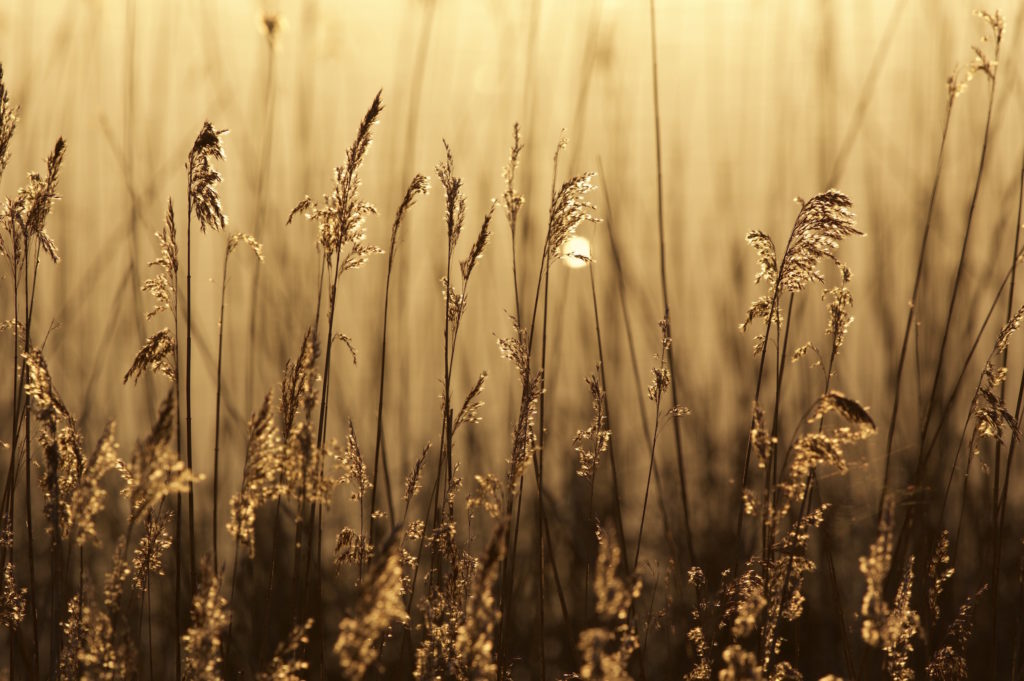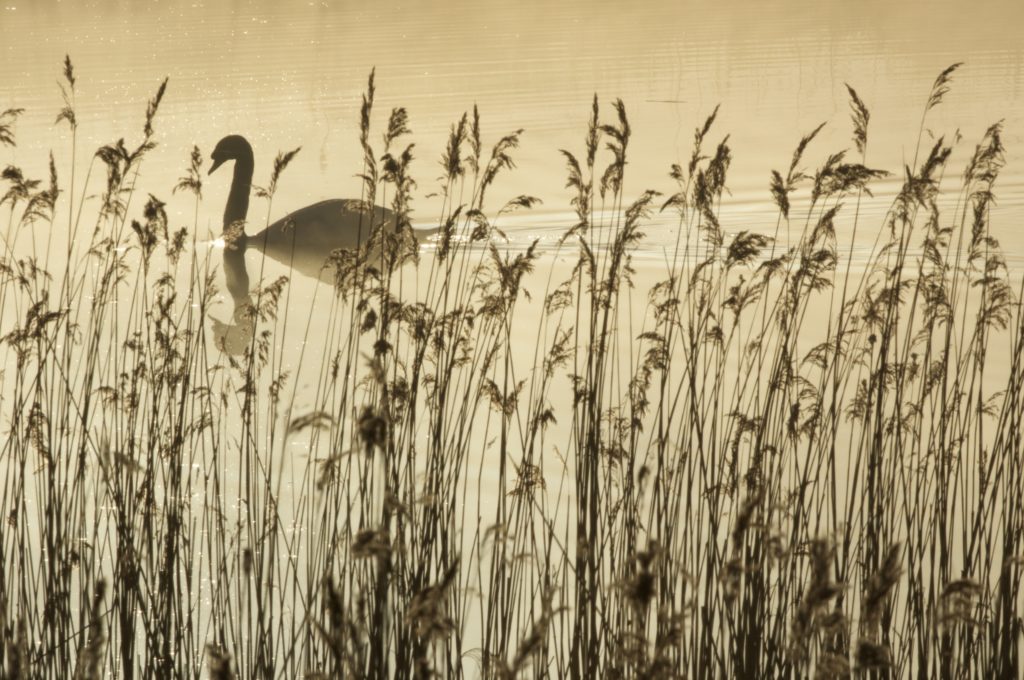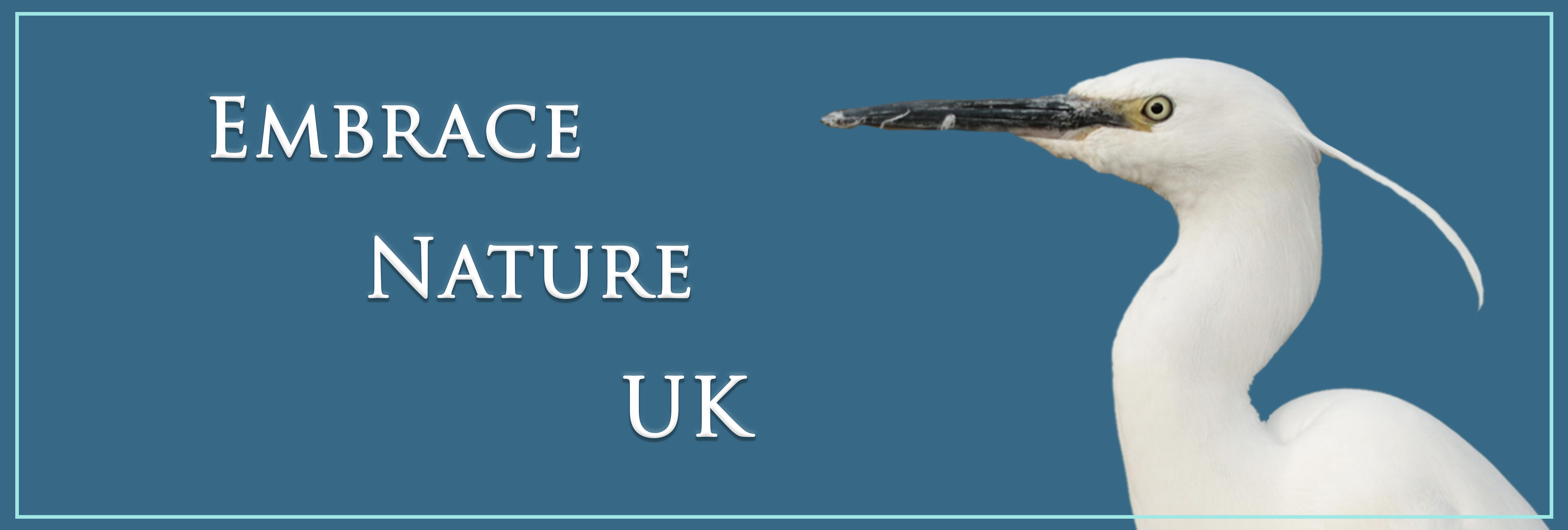
Something that is often considered one of the hardest parts of being a Wildlife Photographer is the early mornings. For me this is actually one of the more enjoyable aspects. There is something about being awake before most other people and catching the sunrise that feels a bit special. The earlier you’re out and about, the more active wildlife is and the better the light is. There is always the risk that the weather doesn’t obey the forecast and actually your beautiful sunrise is sat behind a wall of cloud; but when your morning goes to plan, it really pays off!
Knowing the right time to do photography is essential to getting really good photographs. The light is one of the key features that influences how well your photographs will turn out. Many of us have probably experienced days when the light is so bad that every single photograph you take is poor. Unless you can find enjoyment regardless, these days turn out to be a big waste of time. Instead a little bit of research can go a long way.
I regularly use ‘The Photographer’s Ephemeris’, which is an app available on the internet that tells you sunrise, moonrise, sunset and moonset times as well as the direction that the sun or moon are in at each time. Combining this with the weather forecast is priceless.
It is also important to know your subject and what sort of photograph you’re going for. You might prefer harsh daylight if you’re photographing buildings and want strong shadows. If you’re photographing most animals, they are probably more active in the early morning or late evening but you still want to allow enough time to catch the ‘golden hour’ when the light is at it best. You definitely do not want to be setting up your camera when the sun is already up or, for the evening, when it is hitting the horizon. Keep in mind as well that how long you have of the golden light depends on where you’re stood. If the sun is going to disappear behind a hill, casting you in shadow before sunset, you want to know that you’re there early enough to catch the last of the sun’s rays.
There is enormous satisfaction in getting it right and instead of looking at every photo and pressing delete, you are more likely to have a lot more useable shots and much more fun when taking your photographs.

